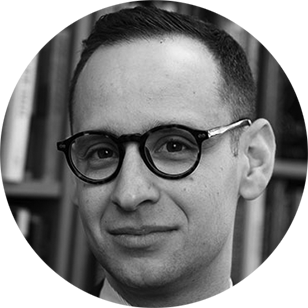A murder in New York and the dilemma of deinstitutionalization
The dangerous gap in Democratic leaders' response to rising urban disorder
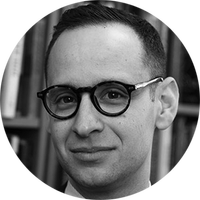
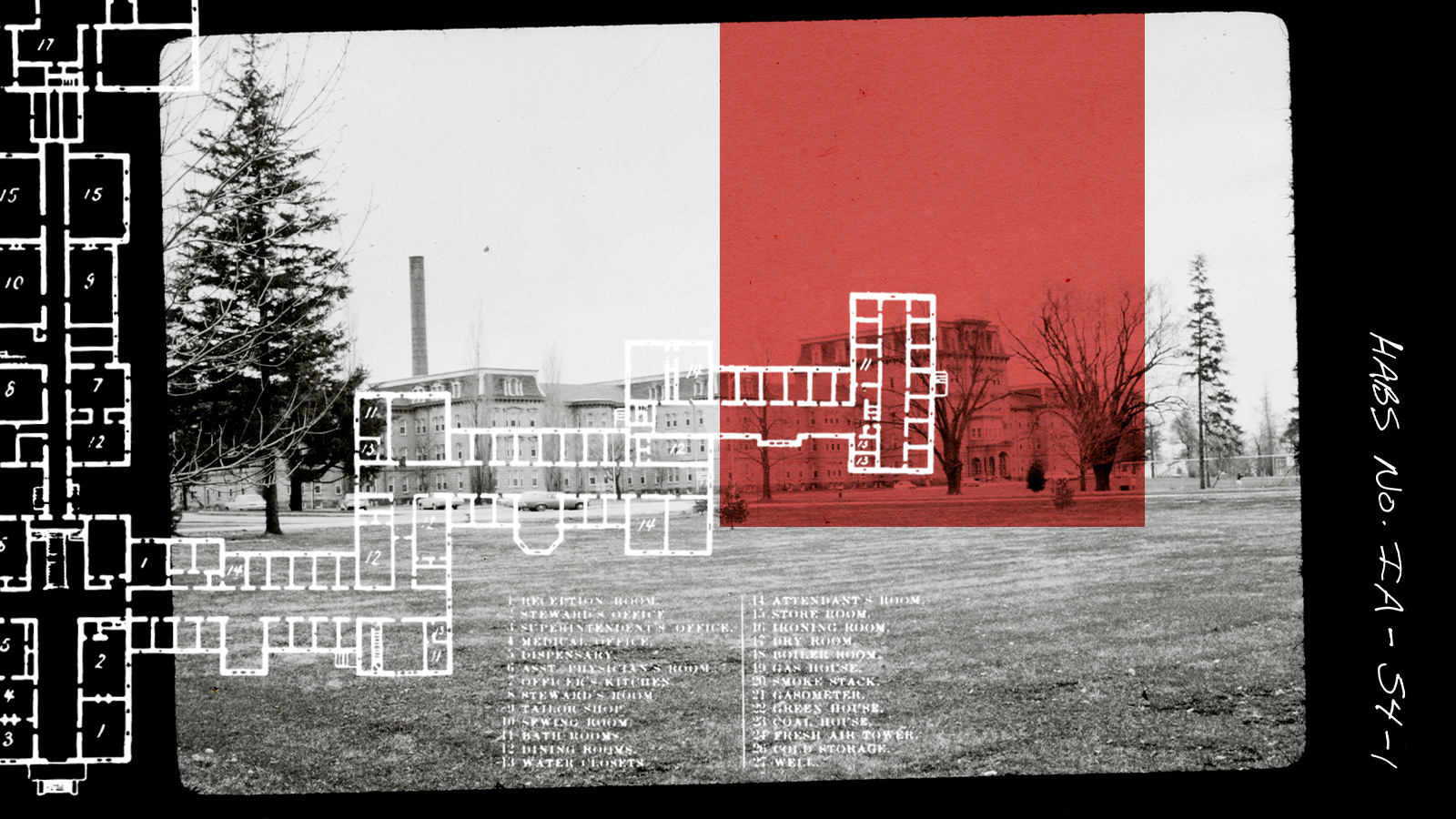
If you're looking for the worst policy failure of the last century, there's a strong case that deinstitutionalization belongs near the top of the list. Inspired by genuine idealism as well as pecuniary motives, the release of hundreds of thousands of psychiatric patients created a different kind of homelessness, a growing population in jails and prisons, and a recurring threat to public safety.
The crisis was on tragic display in New York City this week. On Saturday, Michelle Alyssa Go was fatally pushed in front of a train in the Times Square subway station. Her confessed attacker, Simon Martial, is a diagnosed schizophrenic and convicted felon who had recently been living on the street. For many New Yorkers, Go's encounter with the violence that lurks in the city's shadows was the stuff of nightmares.
The issue also poses a dilemma for the Democrats who govern nearly all of America's big cities. Despite liberal commentators' best efforts, increasing homelessness, crime, and disorder have become impossible to ignore — and these problems will be impossible to manage without a partial reversal of deinstitutionalization. To protect lives, property, and public space, governments need stronger powers to force people off the streets and into treatment.
The Week
Escape your echo chamber. Get the facts behind the news, plus analysis from multiple perspectives.

Sign up for The Week's Free Newsletters
From our morning news briefing to a weekly Good News Newsletter, get the best of The Week delivered directly to your inbox.
From our morning news briefing to a weekly Good News Newsletter, get the best of The Week delivered directly to your inbox.
Some risks are inseparable from urban life, of course, but this epidemic of untreated, serious mental illness is a problem we brought on ourselves. In his recent book on the decay of California's cities, Michael Shellenberger notes that deinstitutionalization began in the 1930s. The initial motive was financial, as residential hospitals are expensive and government revenues were constrained by the Depression.
But the movement didn't really get off the ground until after World War II. Funding and staffing were less of a challenge in those prosperous days. Instead, postwar critics of institutionalization were driven by a combination of hope that pharmaceutical therapies could produce better outcomes and horror at bad conditions in many residential facilities. As president, John F. Kennedy promised new treatments would allow "most of the mentally ill to be successfully and quickly treated in their own communities and returned to a useful place in society."
The case for replacing residential with community treatment appealed to the technocratic optimism that drove other aspects of midcentury liberalism. As the 1960s proceeded, though, that attitude was supplemented by a more radical critique. According to some civil libertarians and social theorists, the very category of mental illness was oppressive. Unless someone was convicted of a crime, some advocates maintained, there was no justification for restricting their freedom to live in their own way, however unconventional. Given intellectual expression in books by Thomas Szasz, Michel Foucault, and Erving Goffman, the argument also found popular expression in films and novels like Shock Corridor and One Flew Over the Cuckoo's Nest.
Whatever the motives, the results were disastrous. It is difficult to determine exactly how many patients were released from public mental institutions — or, as the new policies took hold, were never hospitalized in the first place, but the "epidemic" label I used above is not hyperbolic. Shellenberger calculates that if the U.S. hospitalized the mentally ill at the same rate that we did in 1955, there would be more than 1 million people housed in institutions today. The current number is less than 50,000.
A free daily email with the biggest news stories of the day – and the best features from TheWeek.com
The reformers' theory was patients would be "diverted" into non-residential facilities that would provide more humane and effective treatment. In practice, however, many ended up living on the street in conditions hardly better than the horror stories about straitjackets and dungeons.
Outside of institutions, the volatile combination of mental illness, poverty, and easy access to drugs and alcohol almost inevitably encouraged crime. As a result, jails and prisons became de facto hospitals — close to 20 percent of inmates have severe mental illness according to some estimates. But criminal incarceration tends to exacerbate symptoms rather than ameliorate them. That's exactly the cycle in which Martial seems to have been trapped.
For a certain kind of progressive, these outcomes are an indictment of capitalism, racism, or other broad social ills. On that view, efforts to address them without engaging in profound social transformation are at best ineffective and at worst perpetuate injustice. In his electoral campaign, Manhattan's new District Attorney Alvin Bragg promised to disentangle mental illness from the criminal justice system by not prosecuting quality of life offenses, dismissing old warrants, and addressing vague "root causes." In other words, he will refuse to interfere with the squalor and danger encroaching on subways, streets, and public parks until it's too late.
With thinking like that in play, it's important to emphasize that the biggest victims of this crisis are the homeless and mentally ill themselves. The rare murder of a professional like Go attracts headlines, but few people pay attention to the daily violence, overdoses, disease, and other forms of suffering in which the failure of deinstitutionalization is implicated. There is nothing humane about leaving people who are unable to help themselves to their own devices.
What's to be done, then? The easy answer is money and personnel. In her State of the State address earlier this month, New York Gov. Kathy Hochul (D) called for a range of new programs. Among the initiatives was a partnership with New York City to deploy mental health workers in the subway, a plan announced just nine days before Go's murder.
Money and personnel are not enough, though. Like failed initiatives under former Mayor Bill de Blasio (D), Hochul's proposals are aimed at the broad conception of mental health that includes anxiety, depression, and other conditions often compatible with stable employment and life outside even a community treatment center. The emergency, though, is more limited to untreated, serious mental illnesses, like Martial's schizophrenia, particularly when combined with exacerbating factors like homelessness. That's where policy needs to focus.
If the conception of the problem has to be narrowed, however, the goal should be expanded. Cities must not only punish violence after the fact, but also defend the public from the inescapable risk when delusional, dysregulated people dominate public spaces. New York Mayor Eric Adams (D) made a mistake yesterday when he referred to the "perception of fear," pointing out that crimes on the subway are relatively rare. That's little comfort to riders who survive regular encounters with people camped out, using drugs, and experiencing psychotic breaks.
Restoring order, finally, means restoring powers of oversight and coercion that have been waning for decades. That might include strict enforcement of anti-drug and alcohol rules in housing programs, more intensive psychiatric monitoring of defendants awaiting court dates, and lower standards for involuntary commitment. As Manhattan Institute senior fellow Stephen Eide points out, it's now almost impossible to hold anyone in a mental institution against their will unless it can be demonstrated that they're a threat to themselves or others. By the time that happens, it's often too late.
Replacing deinstitutionalization with "supervision" doesn't mean going back to 1950s levels of hospitalization, and it certainly cannot mean returning to the cruel conditions of the institutions of old. But it does mean enforcing the principle that serious mental illness isn't the same thing as eccentricity, sadness, or poverty and that treatment is not optional. "I remember begging one of the hospitals, 'Let him stay,' because once he's out, he didn't want to take medication, and it was the medication that kept him going," Martial's sister told the New York Post.
Although progressives dominate urban politics at the local level, Republicans in some governor's mansions and state legislatures may have to compromise by accepting more spending for mental health programs than they'd otherwise prefer. For Democrats who hope to keep their jobs while satisfying the activist left, though, effective policies could be a harder pill to swallow.
Samuel Goldman is a national correspondent at TheWeek.com. He is also an associate professor of political science at George Washington University, where he is executive director of the John L. Loeb, Jr. Institute for Religious Freedom and director of the Politics & Values Program. He received his Ph.D. from Harvard and was a postdoctoral fellow in Religion, Ethics, & Politics at Princeton University. His books include God's Country: Christian Zionism in America (University of Pennsylvania Press, 2018) and After Nationalism (University of Pennsylvania Press, 2021). In addition to academic research, Goldman's writing has appeared in The New York Times, The Wall Street Journal, and many other publications.
-
 Delcy Rodríguez: Maduro’s second in command now running Venezuela
Delcy Rodríguez: Maduro’s second in command now running VenezuelaIn the Spotlight Rodríguez has held positions of power throughout the country
-
 Maduro pleads not guilty in first US court hearing
Maduro pleads not guilty in first US court hearingSpeed Read Deposed Venezuelan leader Nicolás Maduro and his wife Cilia Flores pleaded not guilty to cocaine trafficking and narco-terrorism conspiracy
-
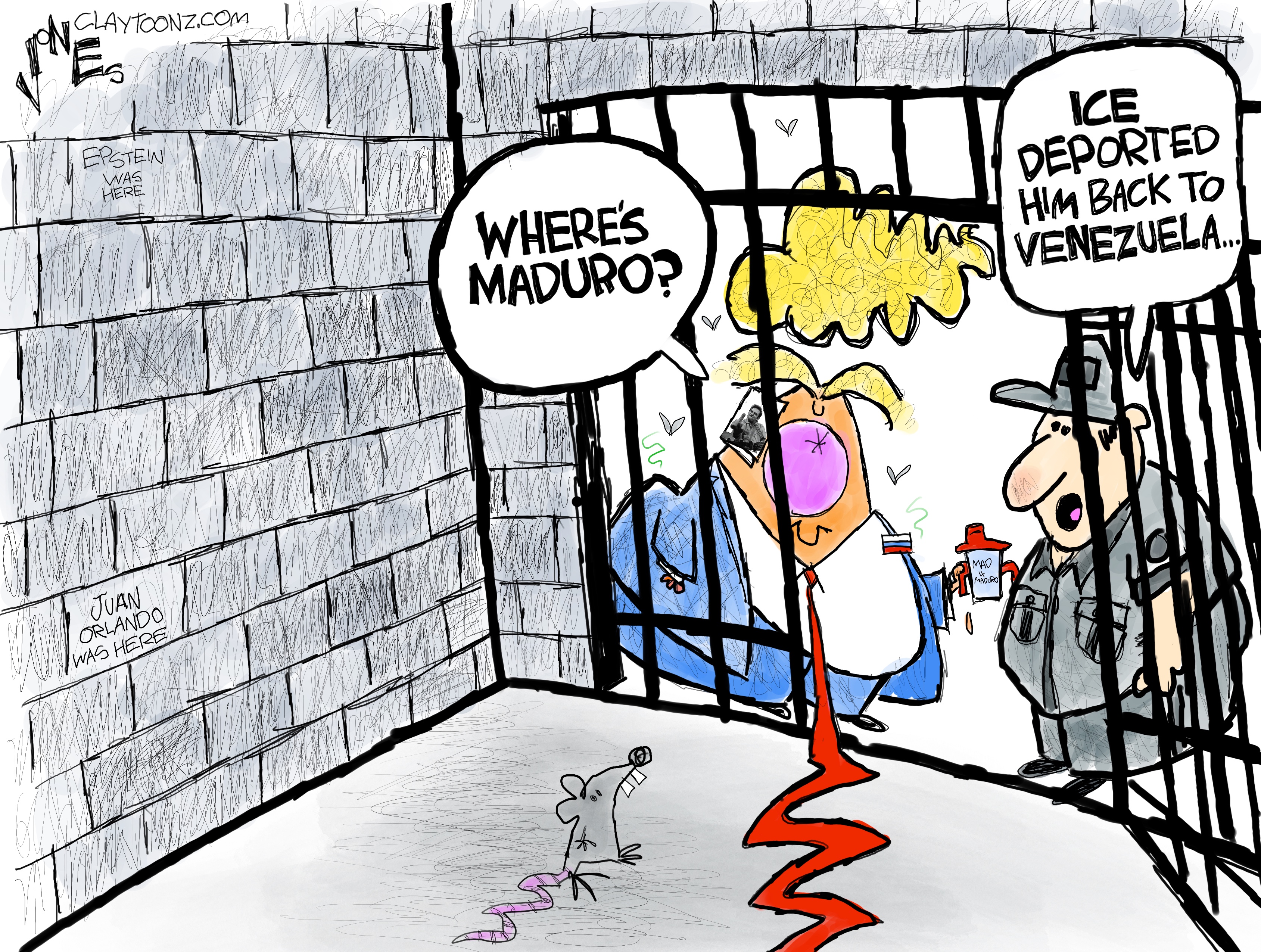 Political cartoons for January 6
Political cartoons for January 6Cartoons Tuesday’s political cartoons include wrongful deportation, a monster under the surface, and more
-
 Bari Weiss’ ‘60 Minutes’ scandal is about more than one report
Bari Weiss’ ‘60 Minutes’ scandal is about more than one reportIN THE SPOTLIGHT By blocking an approved segment on a controversial prison holding US deportees in El Salvador, the editor-in-chief of CBS News has become the main story
-
 Has Zohran Mamdani shown the Democrats how to win again?
Has Zohran Mamdani shown the Democrats how to win again?Today’s Big Question New York City mayoral election touted as victory for left-wing populists but moderate centrist wins elsewhere present more complex path for Democratic Party
-
 Millions turn out for anti-Trump ‘No Kings’ rallies
Millions turn out for anti-Trump ‘No Kings’ ralliesSpeed Read An estimated 7 million people participated, 2 million more than at the first ‘No Kings’ protest in June
-
 Ghislaine Maxwell: angling for a Trump pardon
Ghislaine Maxwell: angling for a Trump pardonTalking Point Convicted sex trafficker's testimony could shed new light on president's links to Jeffrey Epstein
-
 The last words and final moments of 40 presidents
The last words and final moments of 40 presidentsThe Explainer Some are eloquent quotes worthy of the holders of the highest office in the nation, and others... aren't
-
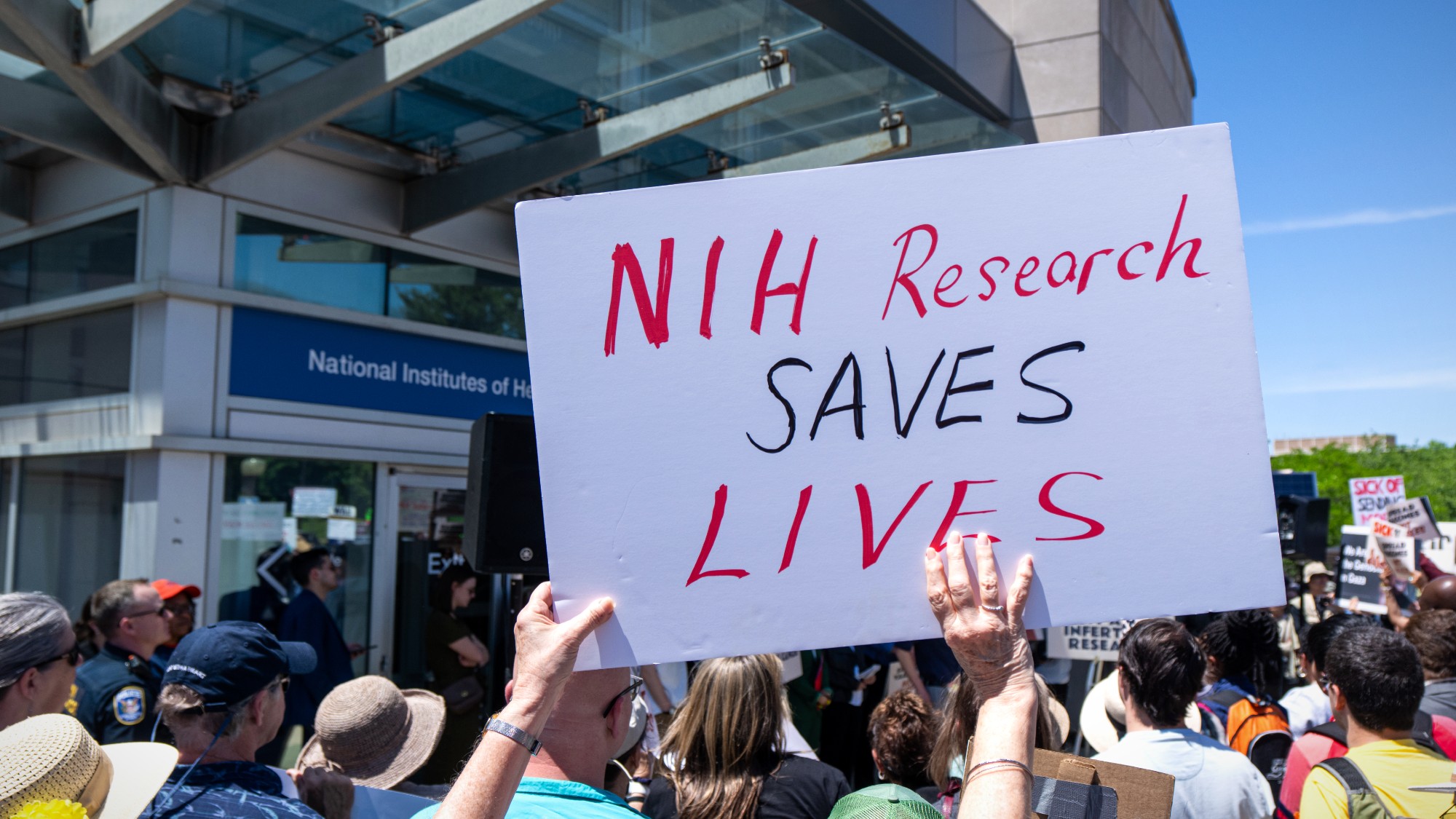 Judge orders Trump's NIH grant cuts reversed
Judge orders Trump's NIH grant cuts reversedSpeed Read Trump had attempted to slash more than $1 billion in research grants
-
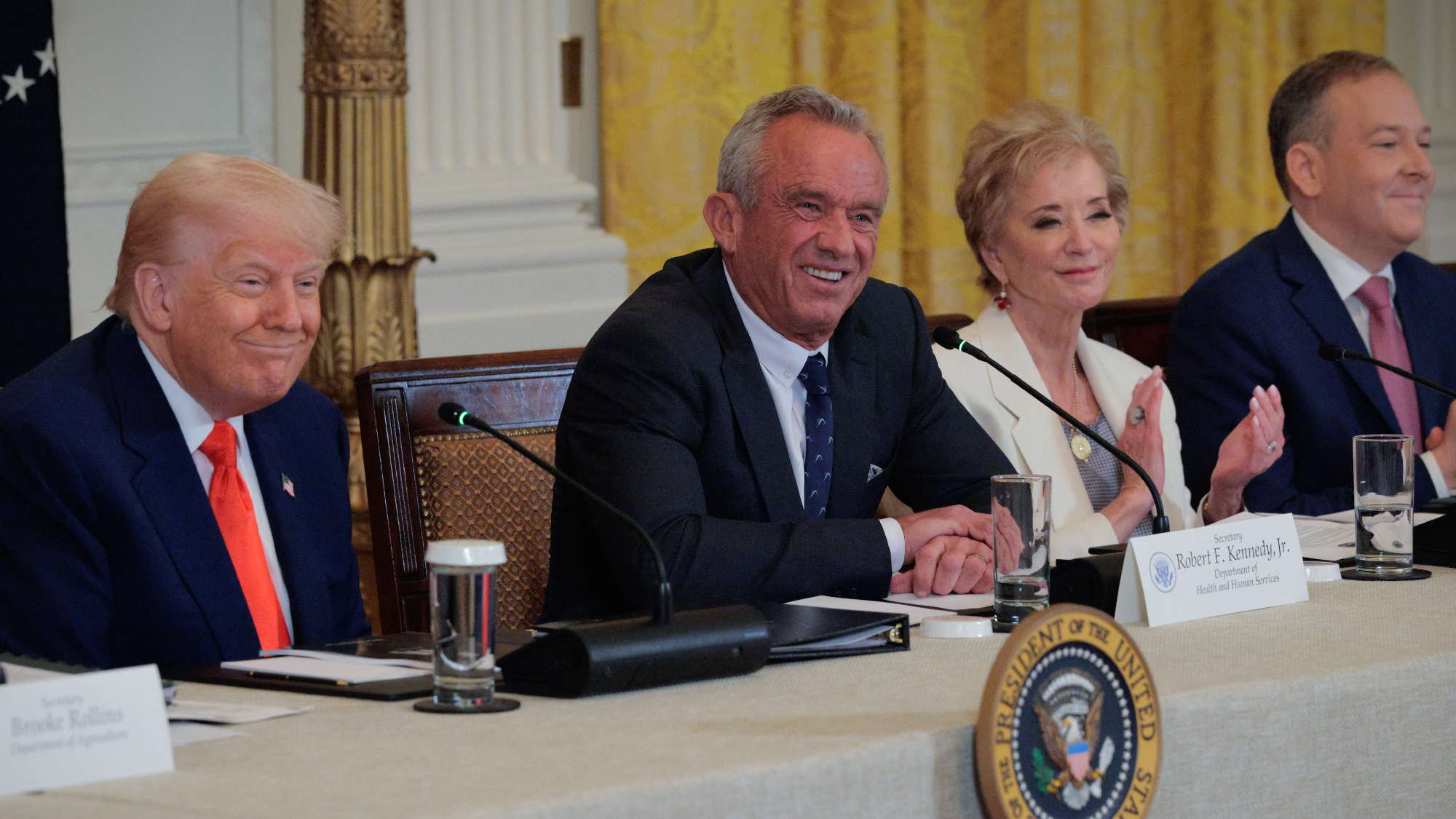 White House tackles fake citations in MAHA report
White House tackles fake citations in MAHA reportspeed read A federal government public health report spearheaded by Robert F. Kennedy Jr. was rife with false citations
-
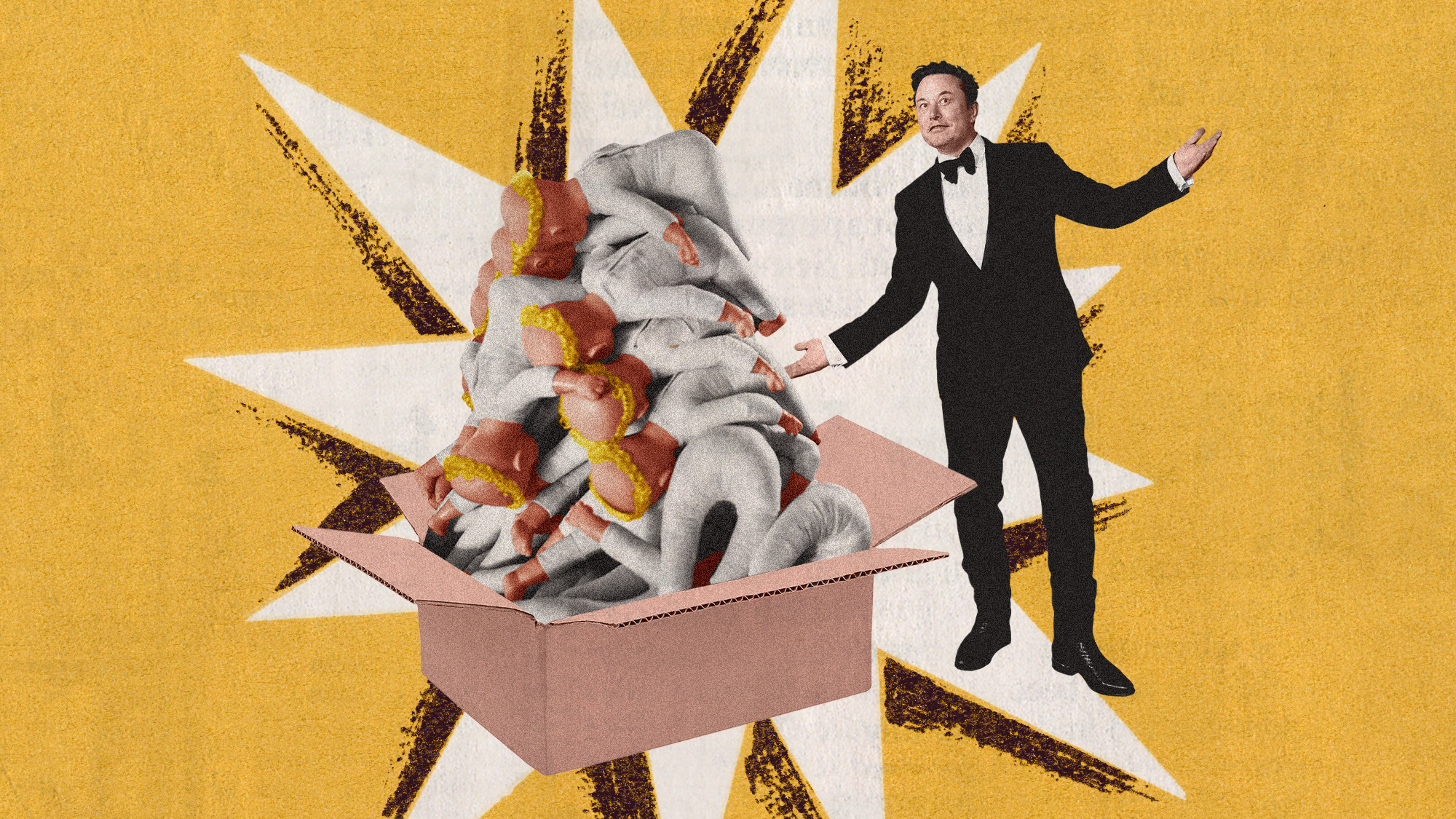 Elon Musk has his 'legion.' How will Republicans encourage other Americans to have babies?
Elon Musk has his 'legion.' How will Republicans encourage other Americans to have babies?Today's Big Question The pronatalist movement finds itself in power
